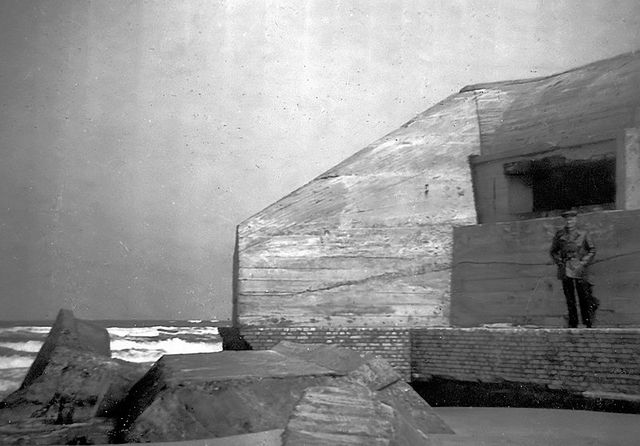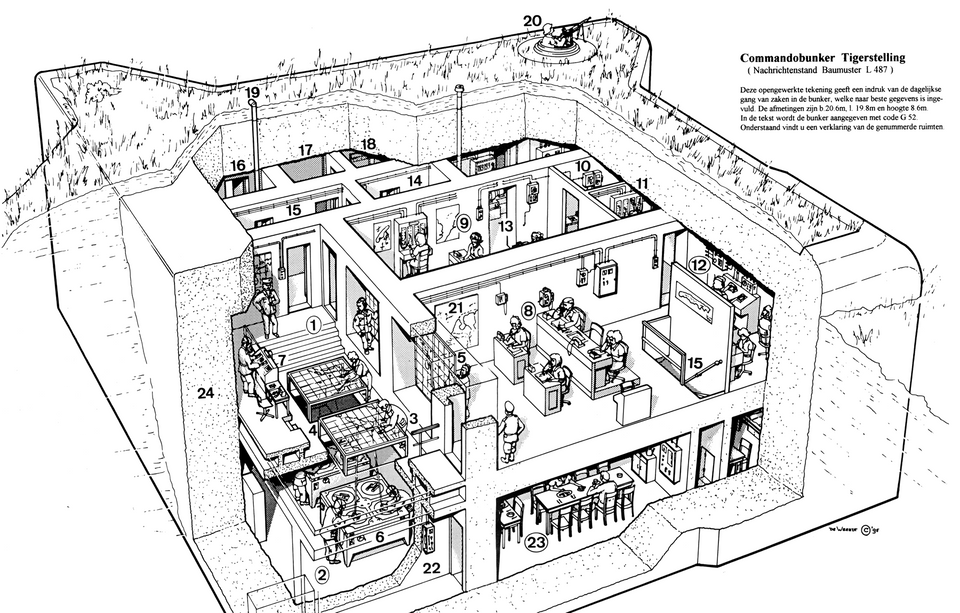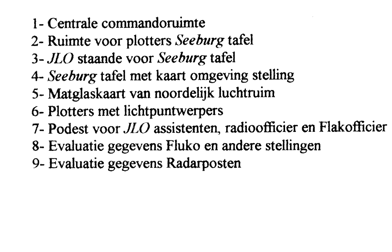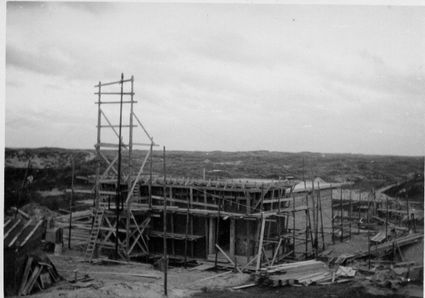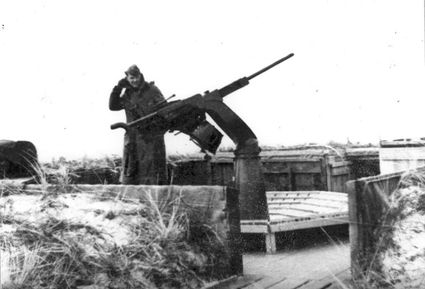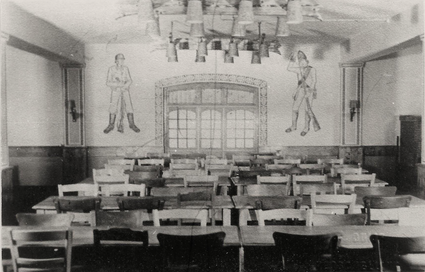Various types
There are various types of bunkers. The sturdiest bunkers are permanent defence structures classified as Baustärke A (walls and roof of 3.5-metre-thick concrete) and B (walls and roof of 2-metre-thick concrete). Almost 2,000 of these bunkers were built in the Netherlands.
There are also slightly lighter bunkers, Verstärkt Feldmässig (VF) with walls and roofs that are 80 to 100 cm thick. And the last type is the Feldmässige verdedigingswerken, buildings with thin walls, thousands of which were built.
De Kustartillerie
Although the Atlantic Wall is made up of a wide array of bunkers with varying functions, the coastal batteries (Seezielbatterien) form its spine. They consisted of artillery bunkers, fire-control posts (Leitstände), ammunition bunkers and (thin-walled) crew bunkers, mess hall bunkers and water reservoirs.
Tobruks
There were also bunkers for flanking fire, both on the beach and further inland, as well as bunkers for close-proximity defence, such as the Tobruks, which were built in large numbers. In strategic places, anti-aircraft artillery (Flak: abbreviation for Flugabwehrkanone, also called Fliegerabwehrkanone) was added to defend against enemy air raids.
Artillery installation with 10.5 cm anti-aircraft artillery (Flak). The Flak battery near Hollum had four of these installations. (Ameland, 25 June 1943)

Coastal batteries
The coastal batteries were commissioned and manned by the Kriegsmarine. The coastal batteries kept allied ships at bay and prevented possible raids or even an allied invasion. The fire power of the batteries was notorious, but they failed to play a pivotal role during the Normandy landings. However, the batteries did slow down the operation and caused many losses among the allied forces.
-
Types of bunkers
Types of bunkers
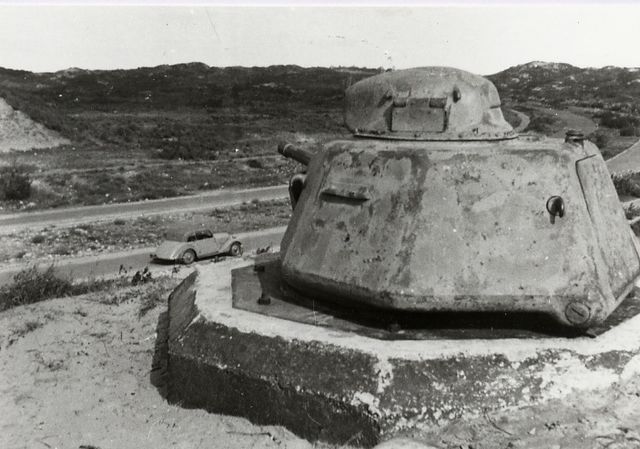
-
Standardisation of the bunker design
Standardisation of the bunker design
